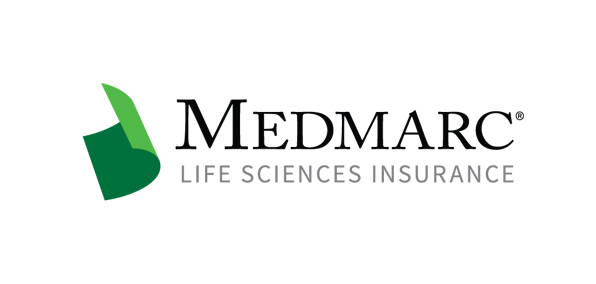Is My Product a Drug or a Device? The D.C. Circuit Court Weighs in on this Question
There are several important differences between FDA regulations of pharmaceuticals and medical devices. These differences span from regulation of promotion and advertising to the testing requirements for approval. For example, FDA has total regulatory control of pharmaceutical advertising, however FDA has limitations in regulating medical device advertising (21 USC § 352). Pharmaceutical products and medical devices also have different regulatory pathways. New drugs require two pivotal studies, while Class III devices require only one. The study population size for a new drug is in the 1000’s, while it is only in the 100’s for a Class III device. These starkly different approval paradigms require manufacturers to identify their product’s category early in the process. The FDA has generally had broad discretion to review a product as either a pharmaceutical or a medical device once the product in question meets both statutory definitions.
In the case of Genus Medical Technologies LLC v. United States Food and Drug Administration, the D.C. Circuit reviewed the FDA’s decision to re-classify the plaintiff’s “Vanilla SilQ” diagnostic contrast agent as a drug after it had, since 1970, allowed their imaging agent to be classified as a medical device. The court found that FDA’s action was a violation of the Food Drug and Cosmetics Act and the Administrative Procedures Act. The court granted the plaintiff’s motion for summary judgment, stating that a “product that meets the device definition must be regulated as such.” Although FDA’s regulatory powers were curbed, the court still allowed FDA to have significant discretionary power when dealing with cases that fall into the grey area between pharmaceutical and medical device.
This case brings to light the legal predicaments faced by medical products that can be categorized as both a drug and a medical device as well as products that are a drug-device combinations. Products such as pre-filled syringes, hyaluronic-acid products, dermal fillers, and drug-eluting stents are constantly facing questions regarding regulation and testing, and which FDA center will review their product. Notwithstanding the matter of identifying the correct procedures for approval, these manufacturers are also likely to have a preference for which route to approval would work best for their specific product. Being regulated as drug translates itself into a comparatively more expensive and arduous route to approval. For this reason, products that fall into a grey area between drug and device will benefit from being able to use the medical device approval process.
The court’s stance in this case bodes well for manufacturers of pharmaceuticals and medical devices alike. The court clarifies the differences between these two categories and provides a more precise interpretation of FDA’s authority to determine whether a product is a drug or a device. However, FDA still retains broad authority over this determination, and it would be prudent for manufacturers of products that could be regulated as a drug or a device to prepare to be regulated as a drug as a precautionary measure.
For additional resources contact the Marketing department
Phone: 888-633-6272
Medmarc is a member of ProAssurance Group, a family of specialty liability insurance companies. The product material is for informational purposes only. In the event any of the information presented conflicts with the terms and conditions of any policy of insurance offered from ProAssurance, its subsidiaries, and its affiliates, the terms and conditions of the actual policy will apply.
Copyright © 2026 - Medmarc
